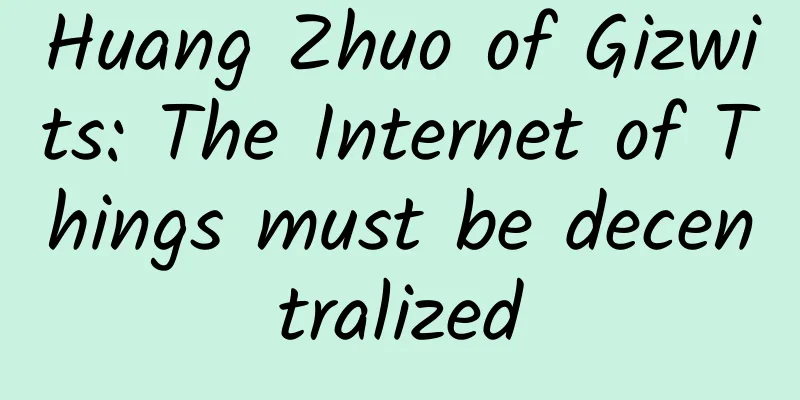Soapberry: I am a relative of longan and longan, and I am also the "cleaning master" in the plant world

|
Painted by Qi Yunzhi In early spring, tender goose yellow leaves emerge from the branches, like fledglings fluttering in the spring breeze; in summer, the scorching sun is blocked by its dense branches and leaves, and passing by here is like walking under a cool green umbrella; after the autumnal equinox, the leaves turn yellow day by day, slowly revealing the green, and finally turn golden, comparable to ginkgo leaves; in early winter, the leaves fall, revealing clusters of longan or lychee-like fruits hanging on the bare branches. This is the soapberry. It is also called "false longan" and is a relative of the same family as longan and longan. However, soapberry is not as sweet and edible as them, but it has its own unique personality - the peel of soapberry is rich in saponin, which can be used to wash clothes, face and hands. It has many common names, one of which is called "hand-washing fruit". In the era when detergents were scarce in my country, soapberry fruit and soapberry from the sapodilla tree were once the main natural detergents. The Compendium of Materia Medica records that "washing hair with soapberry can remove dandruff and improve eyesight, and washing the face can whiten and remove spots." It is very friendly and practical. In addition, soapberry can also relieve cough and asthma, treat toothache, worm indigestion, children's flatulence, and disinfect and sterilize. I once picked up two soapberry fruits, peeled them and added a few drops of water. Soon, I rubbed a lot of soap bubbles on my hands, which smelled like pineapple. After that, I used it to wash my face. Although the fruit pulp in the foam was a little lumpy, my skin was smooth and comfortable after washing. The peeled soapberry is round and black, hard and smooth. After making a small hole in the seeds, string them together to make a shiny black bracelet. Many bodhi bean bracelets on the market are actually made of soapberry. In comparison, I prefer soapberries to be used for entertainment. My colleagues told me that when they were young, they often picked up soapberries, peeled off their skin, dug a small hole in the black shell with a blade, inserted a few chicken feathers into it, and then fixed it. Thus, an exquisite shuttlecock was born. My colleague also made a whistle out of dried soapberry fruit. He drilled a hole in the seam of the fruit shell with a sharp tool, cleaned the debris, and then put his lips on a specific position of the hole and blew hard to make a clear whistle sound. A friend also told me that the fruit of the soapberry is edible. He said that when he was a child, he would roast the peeled fruit core on a honeycomb coal stove. After a while, the fruit core would burst with a "pop" sound, and the steaming flesh would turn out. It was white, fragrant, slightly sweet, and delicious. When I first came across the name of the soapberry, I thought it meant "Why worry about having no seeds?" Later, I realized that this was a wrong understanding. In the Classic of Mountains and Seas, the soapberry is called "Huan", which has similar pronunciations to "Huan". According to an anecdote, there was a sorcerer in ancient times who could summon ghosts with talismans and then beat them to death with a stick made of Huan wood. Therefore, people said that sticks or utensils made of Huan wood could be used to exorcise demons, kill ghosts, and avoid evil spirits, so this tree was called "Wuhuan". Therefore, the meaning of the soapberry should be "ghosts are worried, people are worry-free". And "ghosts are worried" is another alias for the soapberry. There is another theory that, at first, the ancients created a single word "槵" as the name of the soapberry tree. Perhaps because the word "槵" (huàn) was too uncommon, people split it into "木患". As the pronunciations got mixed up, the tree became known as "木患子" (Muhuanzi) and "無损子" (Muhuanzi). (The author Qi Yunzhi is a researcher at Shaanxi Institute of Botany) |
<<: Northerners will never understand the pain of the return of the south wind!
Recommend
Li Liwei Equity Incentive Training Camp 2nd Baidu Cloud Download
Resource introduction of the 2nd Li Liwei Equity ...
The evolution and thinking of Taobao Native R&D model
The origin and development of DX DX was hatched f...
360 Vizza Mobile Review: A Phone More Worth Its Price Than iPhone X
In 2011, the domestic smartphone market ushered i...
What should you pay attention to before viral marketing goes viral?
Xiaolin Tongxie (hereinafter referred to as Xiaol...
The formaldehyde test passed, so why does my house still smell bad?
In the background, we often receive messages from...
Decipher Momo optimization techniques and master pan-entertainment social information flow advertising!
Momo is a pan-entertainment social platform that ...
High-pressure water cannot reach the top, so people cannot live above the 30th floor? How to put out fire and escape from high-rise buildings?
Fire, this word sounds far away from us, but it i...
User growth: How to retain new users?
Retention of new users is a very important part o...
Why did Steve Jobs forbid his children from using iPads at home?
Although Apple invented the iPad, as one of the im...
The product benefits conveyed in the copy are not clear, so why should users pay for it?
If the benefits of your product are not clear, th...
Practical post! "From prevention to treatment" knee protection experts explain knee osteoarthritis in detail
Arthritis is one of the most common chronic joint...
The event planning effect is poor. How to improve it efficiently and achieve growth?
Event planning and operation are commonplace for ...
Theoretical basis for improving your App startup speed
1. To do a good job, you must first sharpen your ...
AppStore has a loophole and user privacy has been leaked on a large scale
A vulnerability appeared in the AppStore, causing...
How to list on Android App Market in 2018
The user activity rate of domestic app stores has...









